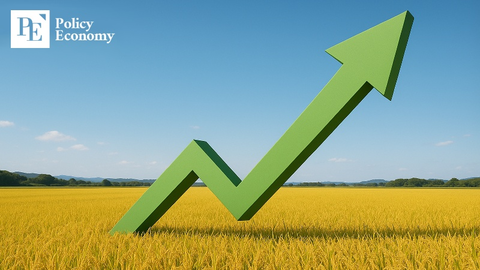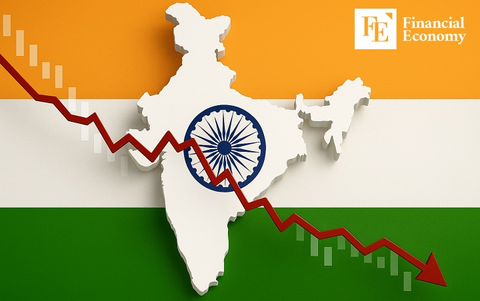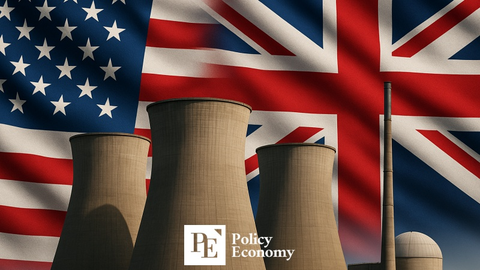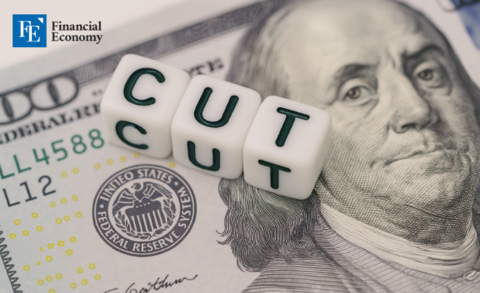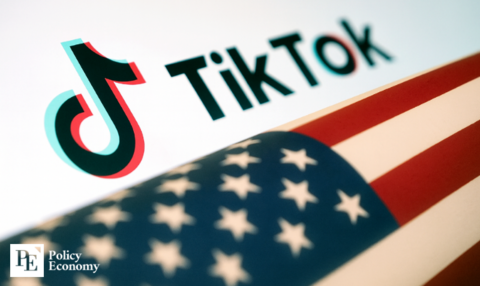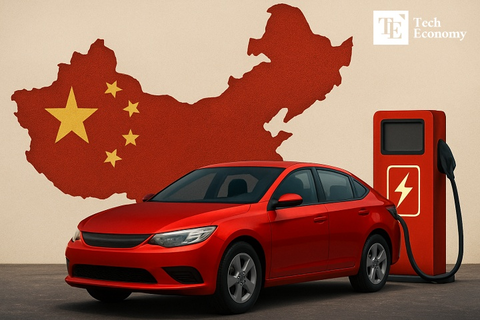China, Tariffs, and Trump’s Trade Legacy: A Global Game of Repositioning
Input
Modified
A few lines sketch the battlefield: China dodges walls by rerouting trade. America sharpens rules before drawing the line. What begins with tariffs may end with trust broken.
A critical phase of U.S. trade policy is unfolding. Washington is nearing the completion of its most comprehensive tariff review in years, and all eyes, especially those of China, are on what remains to be finalized. Only a few nations are left on the list, but the implications are already global. This isn’t just about customs rates. It’s about how trade routes are morphing, how origin is being masked, and how the world is recalibrating around what may be one of the most consequential policy arcs of Donald Trump’s second-term campaign: economic rebalancing with China at the center.
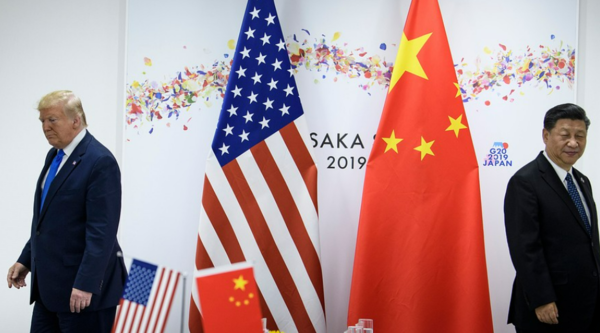
Loopholes, Rerouting, and the Disguise of Origin
While tariffs have long been a blunt tool in international trade, their complexity often lies not in their rate but in how they are applied, and how they can be sidestepped. Chinese firms, long accustomed to navigating such hurdles, are reportedly exploring third-party countries as a way to mitigate the impact of U.S. tariffs. For example, suppose a Chinese company can move its operations, or at least its shipping labels, through countries like Vietnam, Mexico, or even Japan, where tariffs are expected to be less severe. In that case, its goods can enter the U.S. under more favorable terms.
This tactic, often referred to as transshipment, is not a new phenomenon. What is new is the level of scrutiny now being applied. U.S. trade negotiators and customs enforcement teams are increasingly looking at ways to crack down on country-of-origin manipulation. Trump administration officials have noted that such practices weaken the effect of tariffs, ultimately prolonging trade imbalances that the current review process is supposed to correct.
This explains why the last few countries left in the tariff announcement list matter. They could serve as pressure valves for Chinese exports unless the U.S. includes detailed conditions that prevent abuse. Washington understands that these “leakage points” are crucial. If not closed, they risk undermining the entire effort.
According to sources from the ongoing discussions in Stockholm, where a major U.S.-China trade session recently concluded, both parties are awaiting the updated tariff architecture before setting a course. China, in particular, is recalibrating its negotiation stance based on how tough the U.S. will be, not just on direct Chinese imports, but also on indirect pathways.
A European Warning Shot and China's Strategic Realignment
The recent U.S.-EU trade agreement serves as a revealing precedent. While the Biden-era tariffs were essentially about reshuffling supply chains and stabilizing sectors battered by COVID-19 and inflation, the Trump administration’s revamped strategy marks a return to hardline tactics. The new EU deal, which left many European capitals uneasy, reinforces the perception that the U.S. is not merely adjusting trade volumes, it is redrawing the ideological map of global commerce.
European policymakers have expressed concern over what they perceive as an unbalanced outcome. They worry that by aligning too closely with Washington’s view, the EU may lose both its autonomy and its negotiating leverage with Beijing. Some leaders in Brussels have privately called the outcome a “strategic loss disguised as compliance.”
China is watching closely. The EU’s reluctant compliance signals two key points to Beijing: first, that the U.S. has the upper hand in setting the global trade tone; and second, that future resistance may not be sustainable unless counter-coalitions form. As a result, Chinese trade authorities are now actively reevaluating their approach, not just to the U.S., but to global alliances. There are signs that Beijing is preparing to adapt both policy and production strategies in response.
Internally, China has already been pushing for a more self-sufficient economic structure. This involves greater investment in domestic manufacturing, semiconductor independence, and logistical resilience across its provinces. While the U.S. targets China’s export mechanisms, Beijing is focusing on strategic insulation, aiming to rely less on foreign inputs and routes that are vulnerable to Western sanctions or tariff barriers.
Yet the challenge remains: even as China turns inward in some ways, it still depends on international markets for surplus absorption. That’s why the U.S. tariffs, if implemented aggressively, could force a choice: either adapt to the new rules or risk isolation in key sectors.
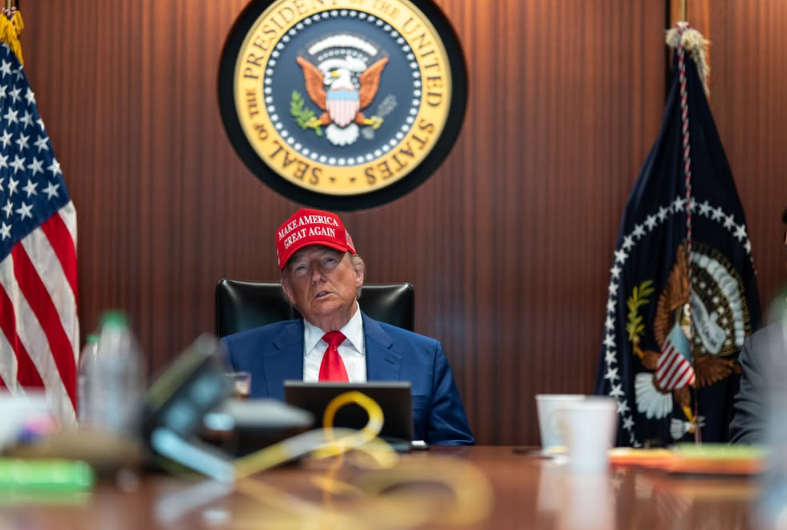
Trump’s ‘Liberation Day’ Doctrine and Its China Core
The term “Liberation Day,” floated by Trump aides about the upcoming rollout of the final trade adjustments, is less about celebration and more about narrative. With trade talks wrapped up or nearly concluded with the UK, Japan, South Korea, and others, the administration has begun signaling that the remaining hurdle is China. And with it comes the need for a symbolic and strategic triumph.
For Trump, winning against China isn’t just an economic goal; it’s a political imperative. The entire tariff review process has been packaged as a cleansing of past trade compromises. It’s meant to show that the U.S. is no longer willing to accept asymmetrical rules, currency distortions, or industrial policy imbalances.
According to Treasury Secretary Bessent, who has become one of the most prominent figures in the administration’s economic team, the new tariff regime will do more than level the playing field. It will attempt to reset the global expectation that China can play by different rules. Bessent emphasized that enforcement will be just as crucial as structure, ensuring that the new tariffs are not easily dodged by clever paperwork or indirect shipping.
However, such an aggressive posture has implications. For one, it could alienate key trading partners who depend on Chinese intermediate goods. Furthermore, it could exacerbate global divisions at a time when economic uncertainty persists in the post-pandemic recovery phase.
There’s also the matter of China’s response. Beijing has historically retaliated against U.S. tariffs with its own set of measures, targeting American agriculture, tech firms, and even entertainment exports. While retaliation is expected to be more nuanced this time, the risk of escalation remains. Moreover, the optics of confrontation, especially in the final months leading up to the U.S. presidential election, may amplify the stakes beyond just trade.
Still, for Trump, the potential political gain outweighs the risks. The administration believes that a firm stance will not only play well with domestic voters but also restore confidence among American manufacturers and small businesses, which have felt left behind by globalization.
As the administration prepares to announce the final tariff list, likely within the next few weeks, the entire episode underscores how trade policy has moved far beyond spreadsheets and supply chains. It is now a test of national will, reputational strength, and global influence.
China, for its part, will need to decide whether to absorb the shock, adapt through quiet reconfiguration, or retaliate overtly. One path may keep its export machine humming. Another may entrench a global decoupling.
For the rest of the world, the lesson is both subtle and stark: when two economic giants draw new boundaries, everyone else is forced to move their pieces as well.

